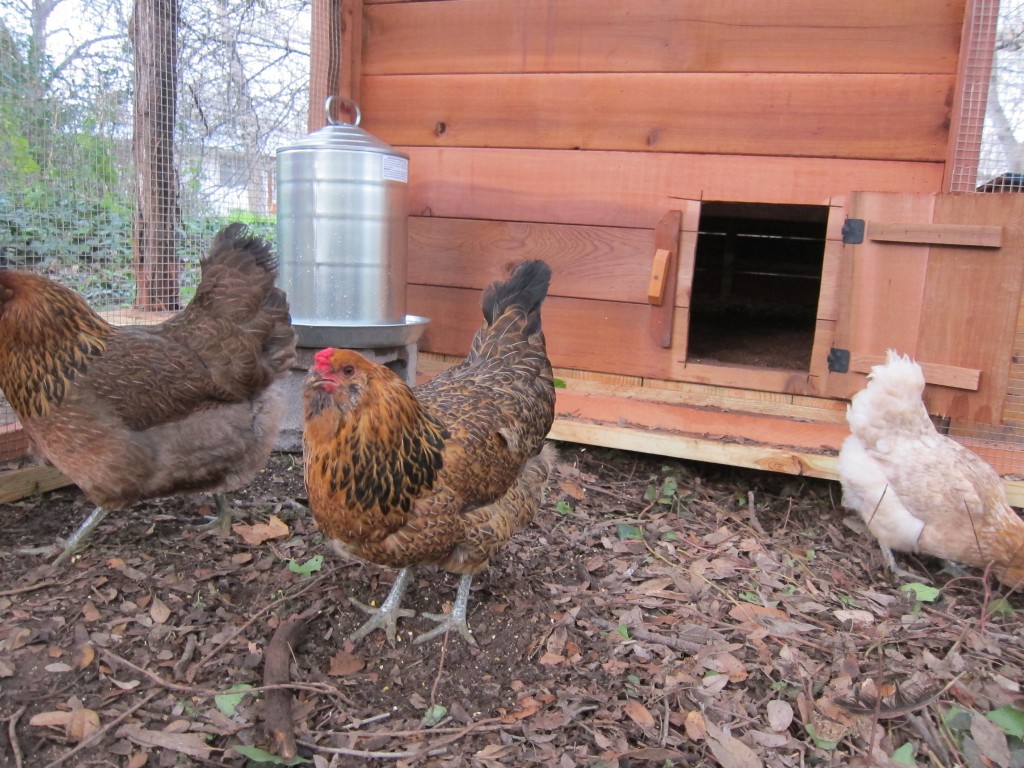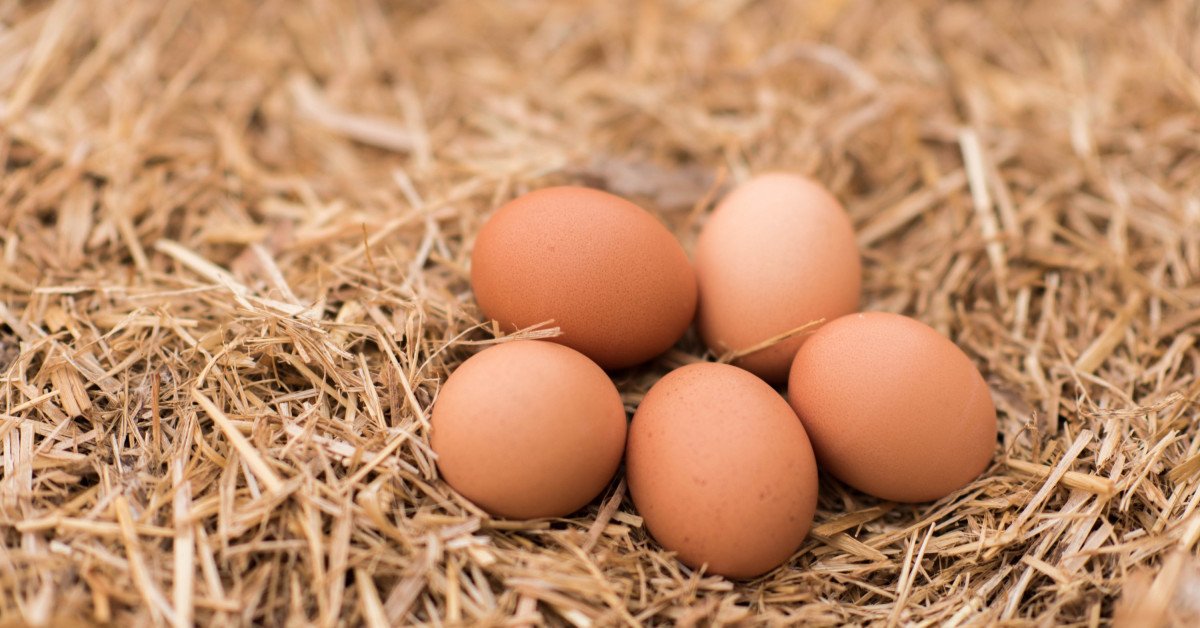Have you ever wondered how chickens make eggs? Seriously, it’s one of those things we take for granted but when you stop and think about it, it’s pretty mind-blowing. Eggs are not just food; they’re tiny miracles of life, and understanding how chickens produce them is like peeking into the secrets of nature itself. Whether you’re a backyard chicken enthusiast or someone who’s just curious about where their breakfast comes from, this article will break it all down for you.
Let me set the scene: chickens have been laying eggs for thousands of years, long before humans domesticated them. These eggs were originally meant for reproduction, but thanks to selective breeding, today’s hens lay eggs almost every single day without even needing a rooster. That’s right—no rooster required for your morning omelette. But how exactly does this process work? Stick around because we’re diving deep into the science behind it.
Now, before we jump into the nitty-gritty, let’s clear something up. Not all chickens are created equal when it comes to egg production. Some breeds are better at it than others, and factors like diet, lighting, and health play a huge role in how many eggs a hen lays. So, buckle up, because by the end of this article, you’ll know more about chicken egg production than most people out there.
Read also:Unveiling The Legacy Of Bradley Cadenhead A Comprehensive Look
Daftar Isi
- The Biology Behind How Chickens Make Eggs
- Step-by-Step Process of Egg Formation
- Role of Hormones in Egg Production
- Nutritional Needs for Healthy Egg Production
- Best Chicken Breeds for Egg Laying
- Creating the Ideal Environment for Egg Laying
- Common Problems in Egg Production
- Frequently Asked Questions About Chicken Eggs
- A Brief History of Chicken Domestication
- Final Thoughts on How Chickens Make Eggs
The Biology Behind How Chickens Make Eggs
Alright, let’s get scientific for a moment. Chickens, like most birds, have ovaries and oviducts. When a hen matures, her body starts producing ova (egg yolks) inside her ovary. These ova are released one at a time into the oviduct, where the magic happens. The oviduct is essentially a long tube that adds different layers to the yolk as it travels through.
Here’s the cool part: a hen’s reproductive system is designed to produce eggs regardless of whether there’s a rooster around. If a rooster mates with a hen, the egg might be fertilized, meaning it could potentially develop into a chick. But most of the eggs we eat are unfertilized, which means they’re just nutrient-packed food without any baby chick inside.
Role of Hormones in Egg Production
Hormones play a massive role in how chickens make eggs. Think of them as the conductors of an orchestra, ensuring everything runs smoothly. The two main hormones involved are estrogen and progesterone. Estrogen helps develop the hen’s reproductive system, while progesterone regulates the release of ova and the formation of the eggshell.
Lighting also influences hormone production. Hens need about 14-16 hours of daylight to maintain optimal egg production. That’s why many farmers use artificial lighting during the winter months to keep their hens laying consistently.
Step-by-Step Process of Egg Formation
So, how does the actual process work? Let’s break it down step by step:
- Ovulation: The ovary releases an ova, which begins its journey through the oviduct.
- Infundibulum: This is the first part of the oviduct. If a rooster has mated with the hen, this is where fertilization would occur.
- Magnum: Here, the egg white (albumen) is added around the yolk.
- Isthmus: The next stop is the isthmus, where the inner and outer shell membranes are formed.
- Shell Gland: Also known as the uterus, this is where the eggshell is created. This process takes about 20 hours and involves calcium carbonate being deposited around the egg.
- Vagina: Finally, the egg enters the vagina and is laid through the cloaca.
And voila! You’ve got yourself a fresh egg, ready to be collected and enjoyed.
Read also:Sophie Rayne Nude A Comprehensive Look At The Controversy And Facts
Nutritional Needs for Healthy Egg Production
For a hen to lay high-quality eggs, she needs a balanced diet. A lack of proper nutrition can lead to weak eggshells, reduced egg size, or even halted production altogether. Here’s what hens need:
- Protein: Essential for building the egg white and maintaining muscle mass.
- Calcium: Crucial for forming strong eggshells. Oyster shells are often added to chicken feed for this purpose.
- Vitamins: Particularly vitamins A, D, and E, which support overall health and egg quality.
- Water: Hens need plenty of fresh water to stay hydrated and produce eggs efficiently.
Fun fact: Did you know that a hen can recycle nutrients from her own body if she’s not getting enough from her diet? While this might sound impressive, it’s not ideal because it can weaken the hen over time.
Best Chicken Breeds for Egg Laying
Not all chickens are born equal when it comes to laying eggs. Some breeds are natural high-rollers in the egg department, while others focus more on meat production or being adorable pets. Here are some of the best egg-laying breeds:
- White Leghorn: Known for their incredible egg production, these hens can lay up to 300 eggs per year.
- Golden Comet: A hybrid breed that’s super efficient at laying large brown eggs.
- Rhode Island Red: Hardy and reliable, these hens are great for both eggs and meat.
- Ameraucana: Famous for their blue-green eggs, these chickens are a favorite among backyard farmers.
Choosing the right breed depends on your goals. Are you looking for maximum production, or do you want eggs with unique colors? Either way, there’s a breed out there that fits your needs.
Creating the Ideal Environment for Egg Laying
A happy hen is a productive hen. To ensure your chickens are laying eggs consistently, you need to provide them with the right environment. Here are some tips:
- Nesting Boxes: Make sure each hen has access to a clean, comfortable nesting box.
- Space: Chickens need enough room to move around and exercise. Overcrowding can lead to stress and decreased egg production.
- Lighting: As mentioned earlier, hens need adequate daylight to lay eggs consistently.
- Cleanliness: Regularly clean the coop and nesting boxes to prevent disease and parasites.
Remember, chickens are creatures of habit. Any sudden changes in their environment can disrupt their egg-laying cycle, so try to keep things consistent.
Common Problems in Egg Production
Even the best-cared-for chickens can run into issues with egg production. Here are some common problems and how to address them:
- Molting: This is a natural process where chickens shed their old feathers and grow new ones. During molting, egg production often decreases. Providing extra protein can help speed up the process.
- Illness: Diseases like avian influenza or egg drop syndrome can severely impact egg production. Regular vet check-ups and vaccinations are important.
- Age: As hens get older, their egg production naturally declines. Most hens are most productive in their first two years of laying.
- Stress: Loud noises, predators, or other stressors can cause hens to stop laying. Creating a calm, safe environment is key.
If you notice a sudden drop in egg production, it’s worth investigating the cause. Sometimes it’s something simple like a change in feed, while other times it might require professional help.
Frequently Asked Questions About Chicken Eggs
Let’s tackle some of the most common questions people have about chicken eggs:
- How often do chickens lay eggs? On average, a healthy hen can lay one egg per day, but this varies depending on breed and age.
- Can chickens lay eggs without a rooster? Absolutely! Most of the eggs we eat are unfertilized.
- Why are some eggshells brown and others white? The color of the shell depends on the breed of the chicken. It has no effect on the taste or nutritional value of the egg.
- How long does it take for a chicken to make an egg? From start to finish, the process takes about 25 hours.
These questions might seem basic, but they’re important for anyone new to keeping chickens or simply curious about where their food comes from.
A Brief History of Chicken Domestication
Chickens have been part of human life for thousands of years. Archaeological evidence suggests that chickens were first domesticated in Southeast Asia around 8,000 years ago. Initially, they were kept for cockfighting rather than egg production. Over time, however, humans began selectively breeding chickens for their eggs and meat.
Today, chickens are the most populous bird in the world, with billions raised annually for food. Their ability to adapt to different environments and their relatively low maintenance requirements have made them a staple in many cultures.
Final Thoughts on How Chickens Make Eggs
Understanding how chickens make eggs is not only fascinating but also empowering. Whether you’re raising chickens yourself or simply enjoying their delicious eggs, knowing the process behind it all adds a new layer of appreciation. From biology to nutrition to environment, every aspect plays a role in ensuring those perfect little ovals end up on our plates.
So, the next time you crack open an egg, take a moment to appreciate the hard work that went into creating it. And if you’re inspired to start your own flock, remember that with the right care and attention, your hens can become egg-laying machines.
Got any questions or experiences you’d like to share? Drop a comment below, and don’t forget to share this article with your fellow chicken lovers. Together, let’s celebrate the magic of how chickens make eggs!


